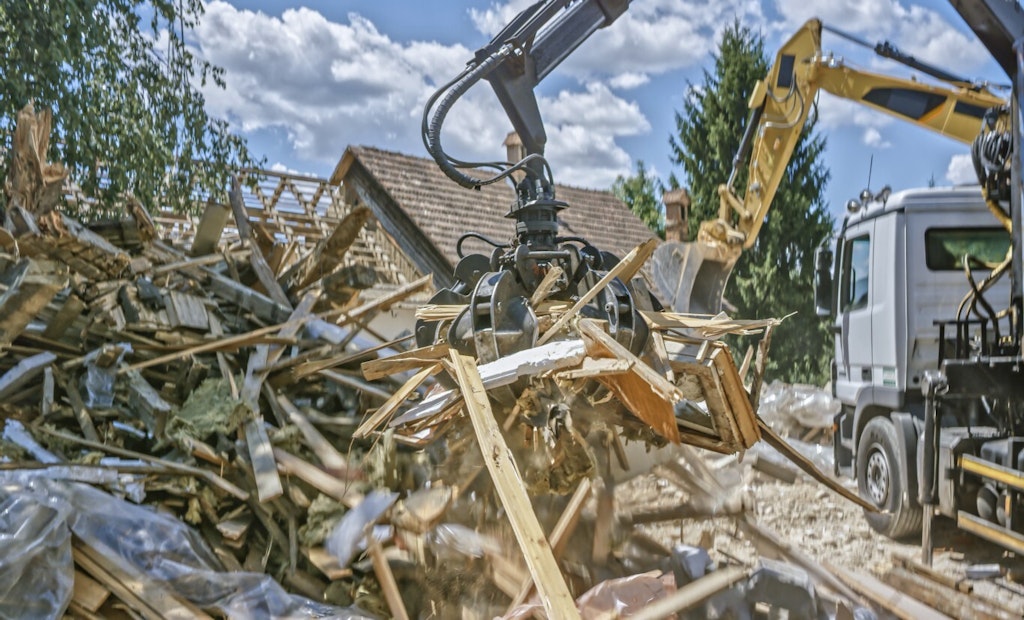Interested in Debris?
Get Debris articles, news and videos right in your inbox! Sign up now.
Debris + Get AlertsDisasters leave a trail of debris, ranging from fallen trees and structural rubble to scattered materials of once-standing infrastructure. The efficient removal of this debris becomes a critical aspect of the recovery process, as it not only contributes to the physical restoration of affected areas but also plays a big role in preventing further risks. Debris removal is a multifaceted challenge that requires specialized expertise, equipment, and a coordinated effort to pave the way for rebuilding and renewal.
Efficient Debris Removal
Storm debris trucks are equipped to efficiently remove and transport debris from disaster-stricken areas. Utilizing these trucks enables quick and effective cleanup, allowing the restoration process to begin promptly.
Timely Response
Having storm debris trucks on standby allows disaster recovery companies to respond promptly to emergencies. Quick removal of debris is crucial for ensuring safety, preventing further damage, and expediting the recovery process.
Versatility in Debris Types
Storm debris trucks are designed to handle various types of debris, including fallen trees, branches, rubble, and other materials. This versatility enables disaster recovery companies to address a wide range of cleanup needs after storms or natural disasters.
Contract Opportunities
Disaster recovery companies can explore contracting opportunities with local governments, municipalities, or private entities to provide storm debris removal services. Building partnerships can create a steady stream of business during recovery efforts.
Getting set
Several manufacturers specialize in heavy-duty trucks for debris removal and transportation. Companies like Mack, Peterbilt, International and Western Star Trucks have trucks designed with robust construction suitable for the variety of materials found post-storm.
Other companies use the previously mentioned manufacturers and add on specific debris handling features like grapples. Petersen Industries has a line of grapple trucks built for operators looking to move various forms of wreckage.
Their AL1 Atlas Lightning Loader for example, is a heavy-duty grapple loader built around a Peterbilt truck that features Petersen Industries Big Bite Bucket at the end of a boom that’s capable of rotating 360 degrees around the truck. The bucket and body are skinned in Hardox 450 steel and a dump box built to hoist whatever is thrown its way.
By incorporating storm debris trucks into operations, disaster recovery companies can significantly improve their ability to respond to disasters, contribute to community well-being, and build a resilient and successful business. These trucks also offer a lot outside of disaster work, so they won't sit idle between storms.






